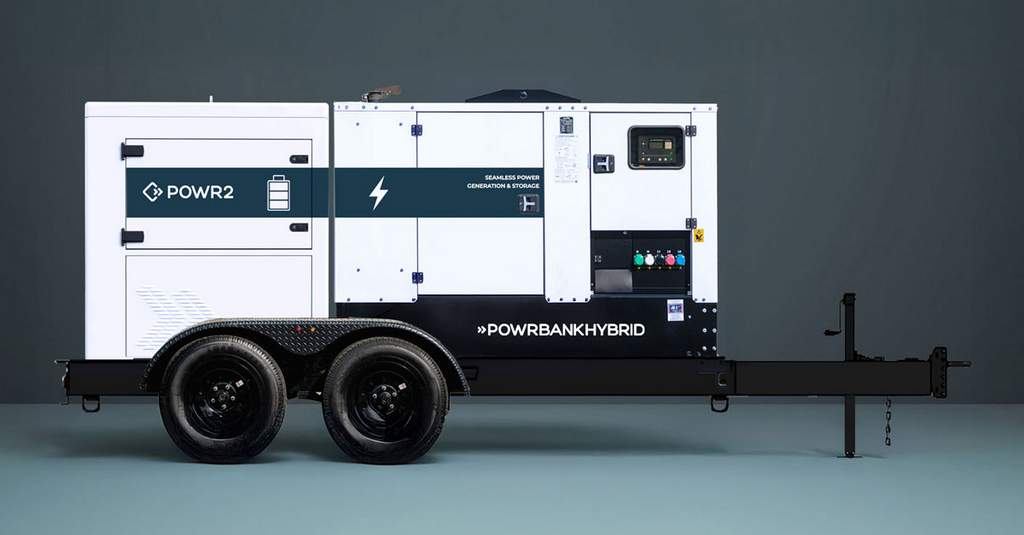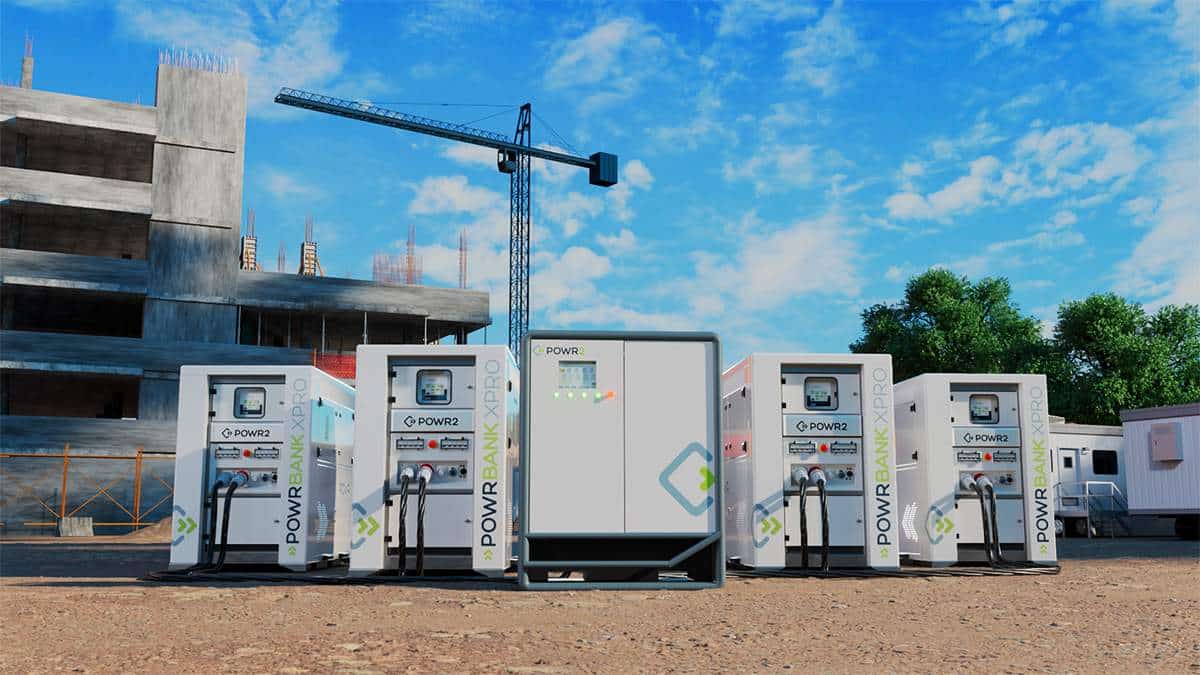Two Main Objectives When Renting a Mobile Generator
There Are Two Main Objectives When Renting a Mobile Generator
From crowded rock concerts to remote oil fields, people rely on mobile generators for power. For those in the construction industry, the list of uses for mobile generators is lengthy. Whether powering a jobsite trailer or a dehumidifier that dries paint faster, mobile generators are often necessary to get the job done — and get it done on time. There are a number of advantages to renting a mobile generator — ease of transaction and no maintenance cost or underutilized equipment when a job is complete — but the No. 1 reason may be your bottom line and balance sheet.
“Usually contractors don’t want to tie up capital by buying equipment,” says Craig Wilkens, business development manager for Doosan Portable Power. The logical alternative? Renting. There are two main objectives when renting a mobile generator. The first is to get the job done on time. The second is to control the cost of rental. The best way to achieve both goals is to select the right mobile generator. Selecting the right generator starts with having the right information. “A customer will say I need a 100-kW generator, and the reason is because that’s what they used last time,” Wilkens says. “But a 100-kW generator only running a 20-kW load is never a good idea.”
Wilkens says this type of approach can lead to a series of problems, including overpaying for oversized equipment and generator engine problems that result in unexpected downtime. Knowing how the generator will be used makes it possible to calculate the necessary voltage and amperage (amps) — information typically displayed on the equipment data plate. Knowing the voltage and amps allows you to determine kilowatts, which dictates the amount of electrical power needed to operate the load. Ideally, a generator should run at 75 percent of load, which is why a 100-kW generator should not be operating only a 20-kW heater. However, 100 kW would be appropriate when running a 20-kW heater linear load along with a 50-kW irrigation pump with a cyclical load.
When a generator has been properly sized, the benefits are clear — optimal productivity, maximum efficiency and an improved bottom line.
What to Expect Renting a Mobile Generator?
Knowing the rental timeframe is a key factor in any rental agreement. When renting a generator, this not only includes the number of days, weeks or months, but also the anticipated runtime. For example, a 20-kW generator used for one shift a day can be rented daily for $150. However, the rate for operating the generator for three shifts a day is $300. Rental agreements are typically offered in daily, weekly and monthly time periods — plus the estimated usage by shift. Additional charges are incurred for generator use that exceeds the rental agreement, based on the equipment hour meter.
“If you’re renting a generator for more than three days, you might as well rent by the week. And anything more than 15 days is less expensive to rent by the month,” Wilkens says.
When estimating the rental cost, it’s also important to factor in fuel costs. “A lot of people rent generators without realizing that you have to add fuel every day,” Wilkens says. “They may want to consider renting an auxiliary fuel tank or make arrangements to have fuel delivered to the jobsite at an additional cost.”
Wilkens also recommends adding in cost for the necessary accessories, including cables and breakers. While the cost of these items may seem minor, not knowing the specifics of what is needed can add up. “If you rent a generator and you’re 10 ft short on cable because you didn’t measure, you’ll pay more for another section of cable, plus the downtime of returning to the dealer,” Wilkens says. When renting a mobile generator, the more information available, the greater the likelihood of selecting the right generator. And selecting the right generator is the key to achieving success — a project completed on time and under budget.
Jamie Jackson is a technical writer for Two Rivers Marketing, based in Des Moines, Iowa.




